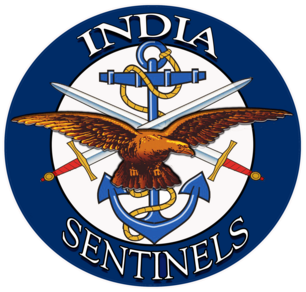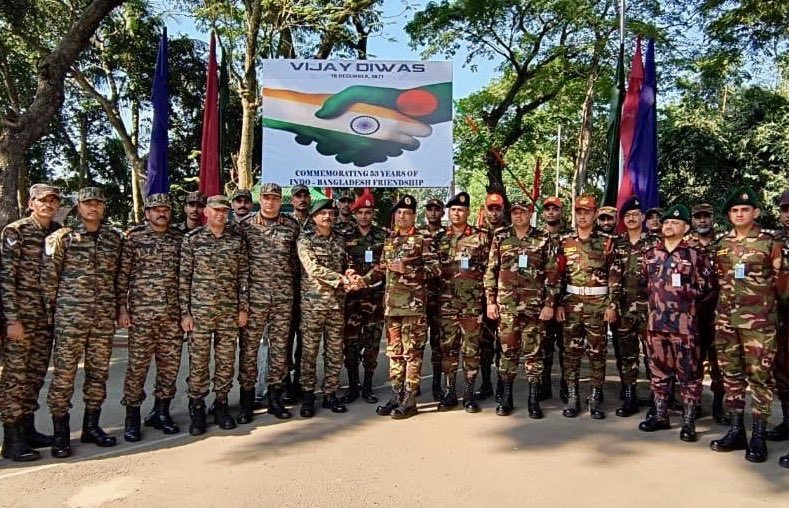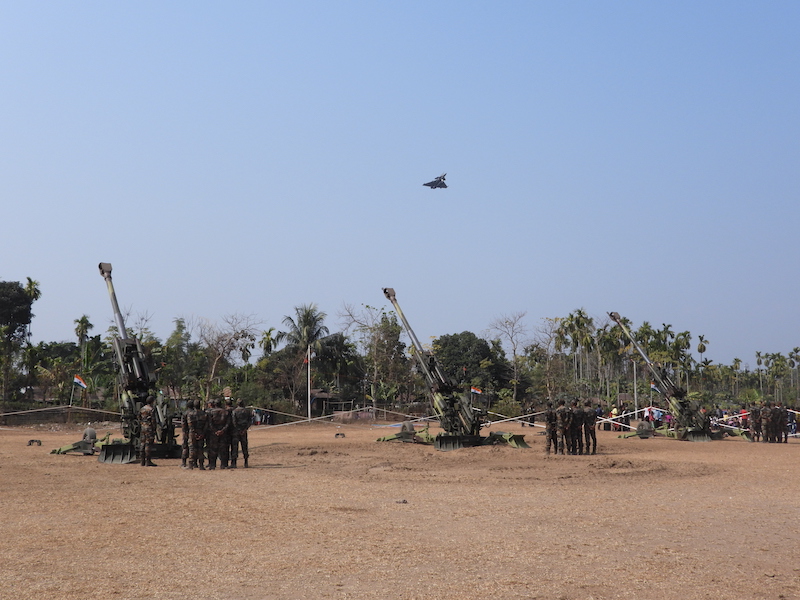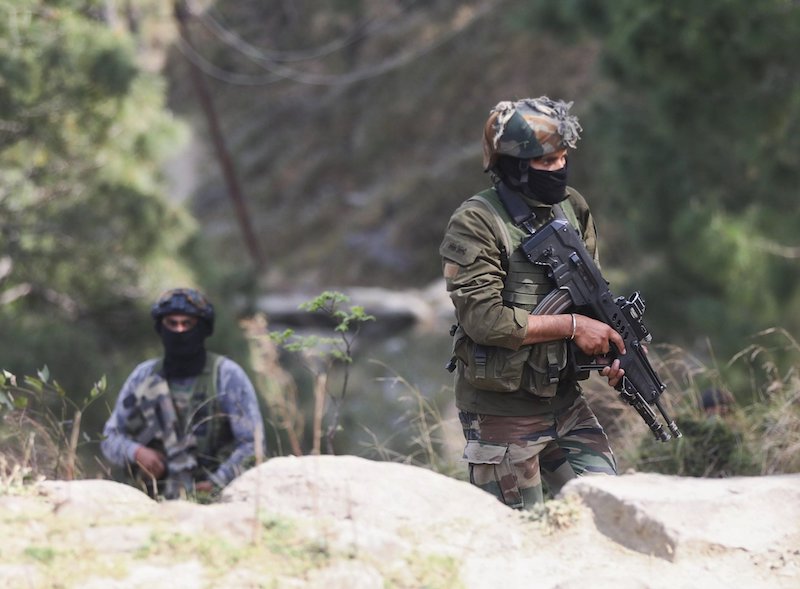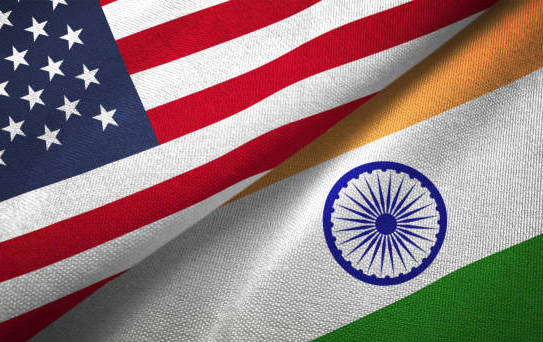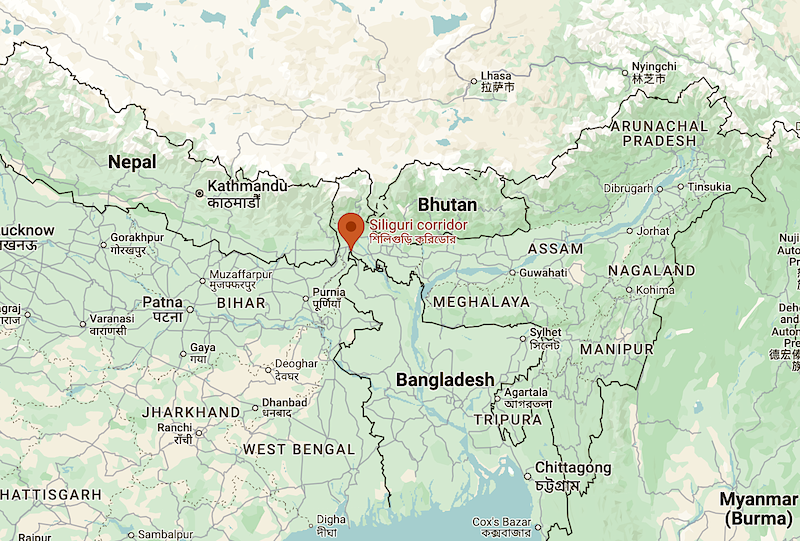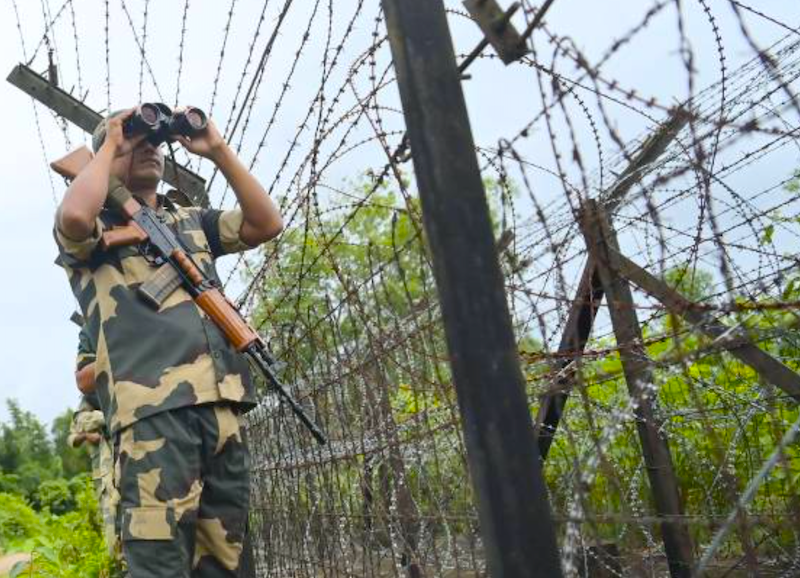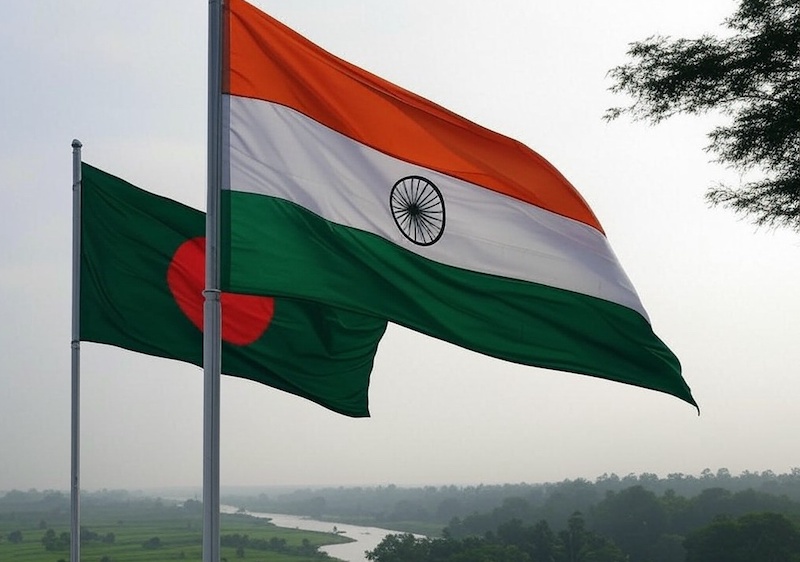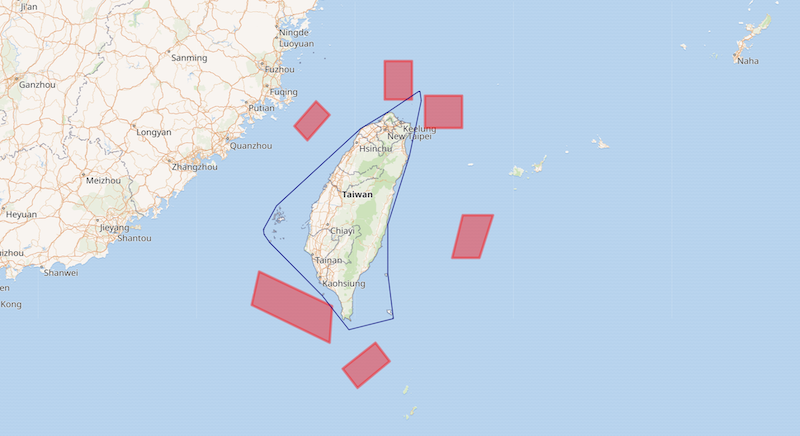 Areas marked in red shows where China’s People Liberation Army – Navy conducted live-fire drills around Taiwan in August 2022. (Wikipedia Maps)
Areas marked in red shows where China’s People Liberation Army – Navy conducted live-fire drills around Taiwan in August 2022. (Wikipedia Maps)
As China flexes its naval muscle in the waters surrounding Taiwan, India finds itself at a critical strategic crossroads. Beijing’s maritime assertiveness in the Indo-Pacific presents both challenges and opportunities for New Delhi, demanding a carefully calibrated response that balances regional stability with national security interests.
Shifting Strategic Landscape
Recent intelligence assessments suggest that China’s ambitious timeline for Taiwan’s reunification has been pushed back by three to five years. This delay, while offering a strategic breathing space, should not lull India into complacency. Rather, it presents a crucial window for strengthening military capabilities and forging stronger alliances with like-minded nations across the Indo-Pacific.
China’s current posturing around Taiwan bears all the hallmarks of calculated brinkmanship – pushing dangerous events to the edge of conflict without crossing the threshold. This strategy serves multiple purposes: testing the resolve of regional powers, asserting dominance, and gauging potential reactions from adversaries. India must navigate these provocations with measured restraint while maintaining a robust defensive posture.
Securing the Home Front
India’s first priority must be securing its own territories, particularly in light of the 2020 Galwan valley clash. The strategic Siliguri Corridor – aptly nicknamed the “Chicken’s Neck” – demands particular attention. This narrow stretch of land connecting India’s northeastern states to the mainland requires enhanced infrastructure and surveillance capabilities to deter potential incursions.
The porous Myanmar border presents another vulnerability that requires immediate attention. Strengthening surveillance mechanisms and fostering closer cooperation with Myanmar authorities should be prioritized to prevent cross-border insurgency and illegal activities.
Maritime Vigilance in the Indian Ocean
The Indian Ocean region (IOR) represents India’s maritime heartland, where maintaining comprehensive surveillance is paramount. Advanced maritime patrol aircraft, unmanned aerial vehicles, and satellite-based monitoring systems must work in concert to track Chinese naval movements. This all-weather monitoring network should operate without blind spots, ensuring no gaps exist for adversarial exploitation.
Particular attention must be paid to critical areas such as the Sir Creek region along the India-Pakistan border and the line of control (LoC). These flashpoints require enhanced surveillance capabilities and regular patrolling to maintain territorial integrity and deter aggressive actions.
The Taiwan Question: A Balanced Approach
While India should avoid direct military involvement in Taiwan, there are several diplomatic and strategic options available. Supporting Taiwan’s participation in international forums while maintaining strategic ambiguity serves India’s interests without unnecessary provocation. The provision of defensive equipment, such as BrahMos missiles, should remain a last-resort option, contingent upon clear evidence of imminent conflict.
Commanding the Sea Lanes
Perhaps most crucial is India’s ability to dominate the sea lanes of communication (SLOCs) in the Indian Ocean. These maritime arteries are vital for global commerce and military mobility. India must enhance its naval presence at key chokepoints, strengthen maritime domain awareness, and foster regional naval cooperation to ensure free navigation and, if necessary, deny adversarial access.
A Multi-dimensional Strategy
India’s response to China’s naval manoeuvres around Taiwan must be comprehensive yet measured. This requires:
* Enhancing military readiness while avoiding provocative deployments
* Strengthening diplomatic ties with regional partners
* Maintaining robust surveillance across all domains
* Developing credible deterrence capabilities
* Fostering international cooperation for maritime security
Looking Ahead
The coming years will test India’s strategic acumen in managing this complex security challenge. Success will require deft diplomacy, military preparedness, and strategic patience. By maintaining a balanced approach that combines vigilance with restraint, India can protect its interests while contributing to regional stability.
The window of opportunity presented by China’s delayed Taiwan timeline should be used wisely. India must focus on building military capabilities, strengthening alliances, and enhancing its maritime presence in the IOR. Only through such comprehensive preparation can India effectively respond to China’s growing naval assertiveness while maintaining peace and stability in the Indo-Pacific.
Disclaimer: The views expressed in the article are the author’s own and don’t necessarily reflect the views of India Sentinels.
Follow us on social media for quick updates, new photos, videos, and more.
X: https://x.com/indiasentinels
Facebook: https://facebook.com/indiasentinels
Instagram: https://instagram.com/indiasentinels
YouTube: https://youtube.com/indiasentinels
© India Sentinels 2024-25
